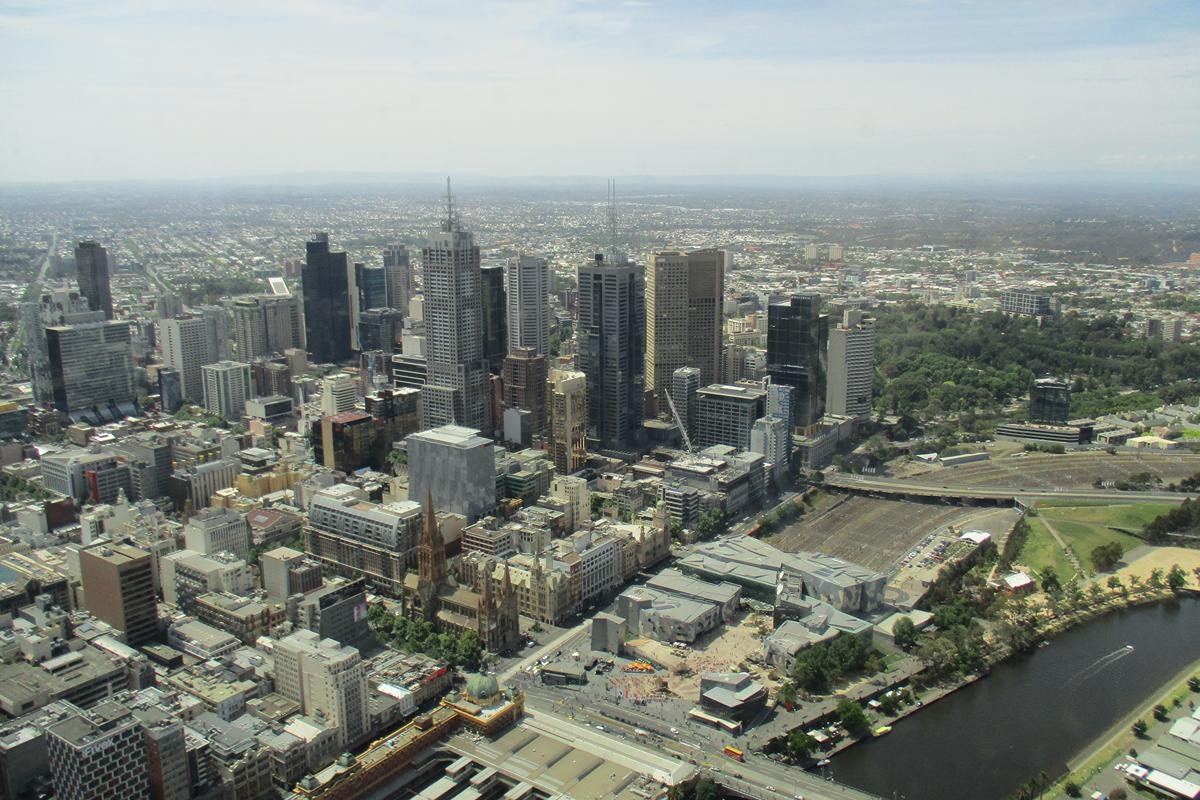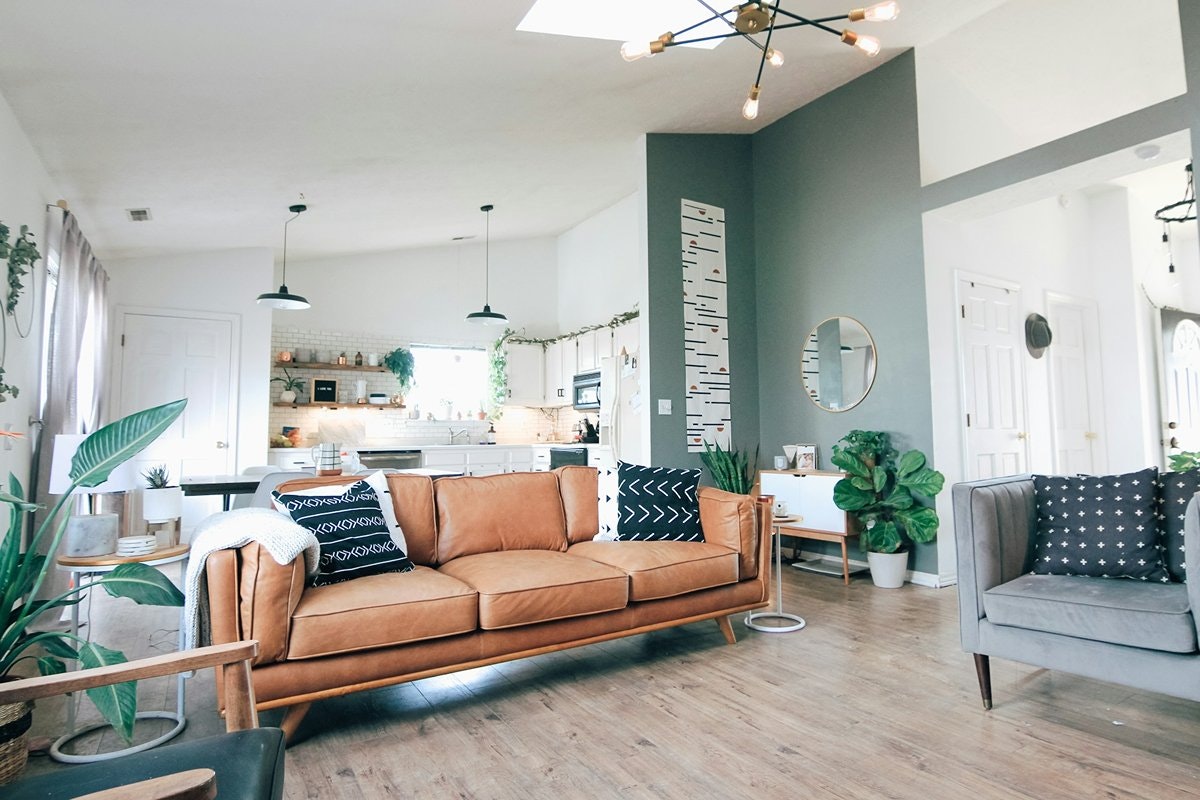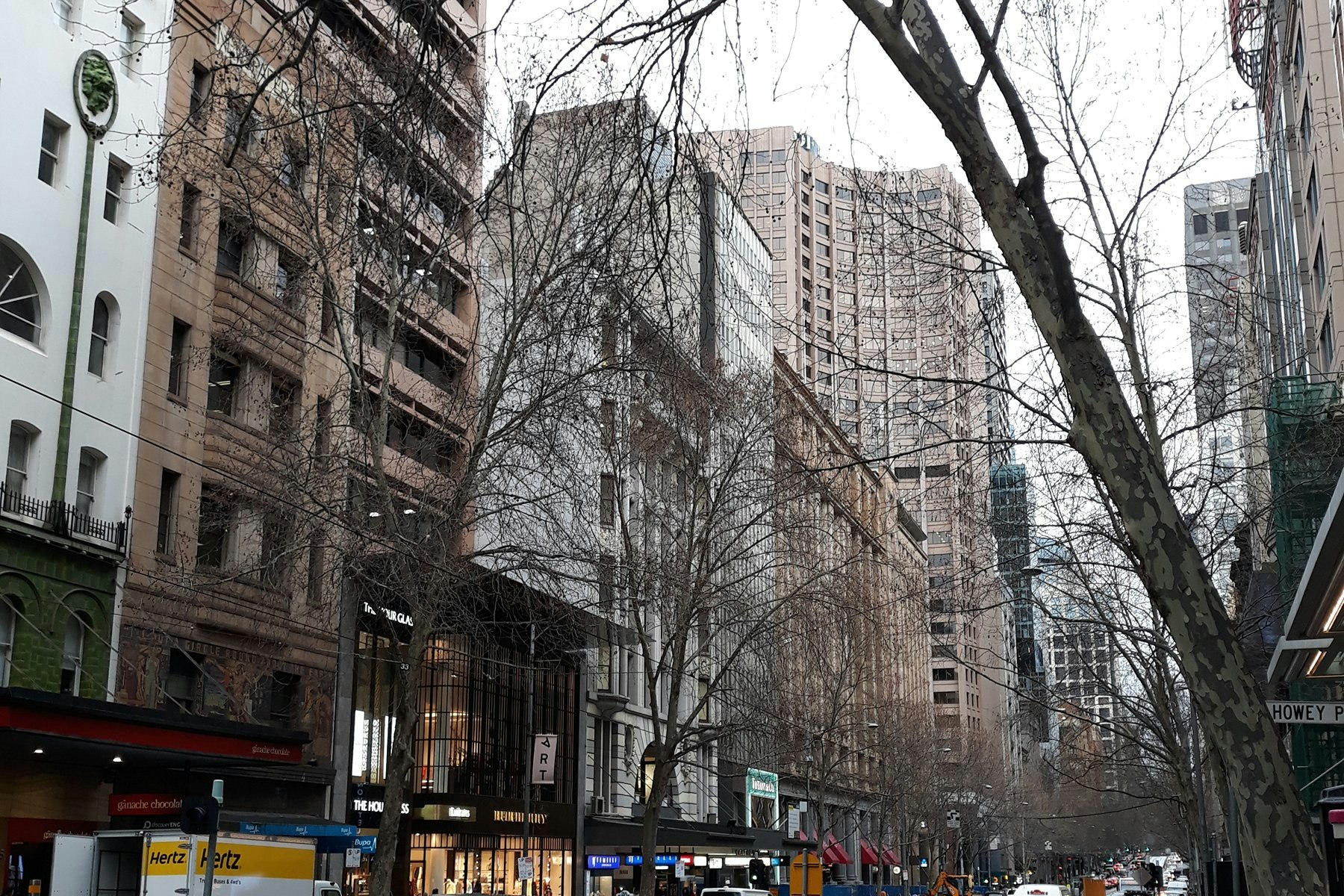Where to live in Melbourne? City vs. Suburbs
Are you searching for accommodation in Melbourne but unsure about the best location for your needs? Find out where is best to live in Melbourne and aspects to consider before making the decision.

By:
LINA AVILA HENAO
Last Updated:
Sep 21, 2024
Tags:
#accomodation #daily-life
Choosing where to live can raise many questions if you're coming to or have just arrived in Melbourne. I imagine you might be asking yourself: Should I live in the city close to my English school? Or should I live in a suburb and pay for transportation?
I did ask myself these questions before and I fully understand why this is important. It's where you'll build your new life, socialize, spend your free time, and perhaps work.
In this article, we'll tell you what aspects you need to evaluate before choosing a place to live or committing to a short-term lease. Additionally, you'll learn the pros and cons of living in the city versus the suburbs so that you can make your own decision.
Melbourne Layout
Melbourne is a large city surrounded by water. It has a Central Business District (CBD) with many banks, offices, bars, restaurants, shops, boutiques, shopping centers, and cinemas. Adjacent to the CBD there are inner suburbs, which are older but trendy areas very close to the city.
Several kilometres away from the CBD there are outer suburbs, newer housing developments located at a greater distance from the metropolitan area.
Living in Melbourne CBD - The City
The city is the dynamic and vibrant epicenter of Melbourne. It covers approximately 3.2 square kilometres, and within this rectangle, there is a mix of cultures, commerce, and art that is truly surprising.
It is also home to one of the best food scenes in Melbourne, featuring restaurants from all over the world. The architecture of its historic buildings contrasts with the new skyscrapers, giving it a unique and special charm.
Pros
Proximity to your English school. If being close (maybe within walking distance) to your English school or work is important to you and you prefer not to spend a lot of time on public transport, then this should be a priority because every minute saved is a gain.
You won't need to pay for a monthly Myki transport card and will save a significant amount of money. You can also try to find a job in the city and be 100% based in the city without needing to use public transport unless you have to meet someone in another suburb; it is very easy to travel from Flinders Station to any suburb that you need to go to.
Another advantage is that you can use the tram for free within the "Free Tram zone".
All the action and vitality are in the city, from restaurants, bars, and cinemas to art galleries. You can experience all types of cuisine, find a bar with your favourite type of music, or listen to an outdoor concert. You'll be close to attractive places to visit, parks, museums, and botanical gardens and the best part is the majority are free.
If you need a quiet place to study or even a desk, there are two large libraries in the city that are free to use. The State Library of Victoria is quite spectacular due to its age and design (you will be amazed by its beauty), and the City Library, which is smaller but full of resources for studying English.
Cons
It's very noisy, and despite the buildings having good soundproofing, in my opinion, you can still hear noise at night. Some buildings can be noisy even when it's windy in Melbourne.
The other aspect is cost. Like in all major cities around the world, living in the CBD is very expensive. Finding a private room in a two-bedroom apartment can cost around $380 AUD per week. The option is usually to rent a bed in a shared room with someone else, which can cost around $260 AUD per week. Make sure you are fully comfortable with the idea of sharing a room before doing so.
Space is very limited as apartments are very small. Normally, four people live in a two-bedroom apartment, and in many cases, there is only one bathroom. It is important to highlight that CBD apartments have great facilities in the building such as a gym, pool, and working areas.
We'll tell you that there is another option, which is to live in the inner suburbs of Melbourne. These are within 1 to 5 kilometres of the CBD and 20-25 minutes by tram.
Inner Suburbs - Inner Suburbs of Melbourne
The inner suburbs of Melbourne are an interesting mix of history and modernity. Each neighbourhood or suburb has its own identity and offers a distinct lifestyle. From independent clothing boutiques to artisan bakeries, they are ideal for those looking to enjoy tranquility while also experiencing urban life, without being too far from the city.
Pros
You'll find rental rooms in large houses, and you may have your own room and sometimes even a private bathroom! It can cost you between $250 and $350 AUD depending on how close it is to the CBD.
You can share a house with English-speaking people, practice, and who knows, make new friends. Keep in mind that some people value their privacy a lot, but it doesn't hurt to ask if they have spaces to share.
These suburbs are typically well connected, and you can easily access trains, trams, or buses to get around.
Suburbs have their own personality, especially influenced by the culture of the suburb's founders. For example, Brunswick is an area just 20 minutes from the center with a significant Lebanese and Middle Eastern influence. This can be noticed in the type restaurants, people's way of dressing, bakeries, and local markets. Another example is Carlton, a suburb with an strong Italian influence and an extensive gastronomic offering.
You may have more chances of finding a job in these suburbs because there are many cafes, restaurants, and less competition than in the CBD.
Cons
Even though they are close, you'll need to pay for public transportation to go to the city, unless you ride a bike.
Houses can be a bit old and noisy when it's windy. I must clarify that most houses are well-maintained, but due to the materials they are built with (wood or drywall), it is inevitable that they may make noise or get a little cold at night.
Some houses are quite large, and you can find a house with up to 5 rooms, meaning you will share the bathroom with five other people (maybe both, women and men). You should ask yourself if this does not bother you.
Currently, these suburbs are becoming very "hipster," and prices are rising.
Which are good examples of inner suburbs to live in Melbourne? Brunswick, Carlton, Albert Park, Fitzroy, St. Kilda, Hawthorn, Parkville, South Melbourne, Prahran, Elsternwick, Balaclava, Ascot Vale, Pascoe Vale, North Melbourne, Moonee Ponds.
Outer Suburbs - Outer Suburbs of Melbourne
These suburbs offer a mix of nature, spacious homes, and a community-oriented lifestyle. They are appealing to those seeking a peaceful place away from the hustle and bustle of the city.
Pros
You'll have more space, and it's possible to rent a whole house and maybe rent some rooms to other students. Here you should check the conditions for obtaining a lease as an international student.
You can find more green areas and spaces for walking, running, or exercising. There are even cycle paths that connect these suburbs with the CBD.
Some areas are so far away that you may need a car. Normally, there are buses that run through these suburbs, but as you'll notice, the schedules they run on are not very reliable.
Some of these suburbs are equipped with almost everything you need. For example, Box Hill has markets, schools, shops, bars, libraries, so it would be convenient to settle there if you don't have to go to the city frequently.
Cons
If you live in one of these suburbs, be prepared to invest time and effort in taking public transportation to get to the city. Depending on the area you are in, in some cases, you will need more than one mode of transportation to reach your destination; for example, walking to the bus stop and then at some point changing to the tram or train. This can consume a lot of time, given that services often do not arrive on time.
There aren't many cafes, restaurants, or activities for fun in these areas. Supermarkets may also be far from your home, perhaps a driving distance away. There isn't much culture in these suburbs, as many of them are new projects.
There's a higher chance of finding insects; which isn't a big deal, but if you're the type of person who gets scared by a small spider, consider it.
To conclude
Finding the perfect location is not easy. However, your decision should be based on analyzing all the factors mentioned above, especially convenience and transport availability. You wouldn't gain anything by paying for an inexpensive room in a shared house far away, if you have to spend two hours traveling to your study or work place and pay for transportation every day.
You may not have the opportunity to choose the location you want due to the current situation of low room availability in Melbourne, but try to find a balance. We have always preferred the inner suburbs for a balance between space, cost, and proximity to the city.


